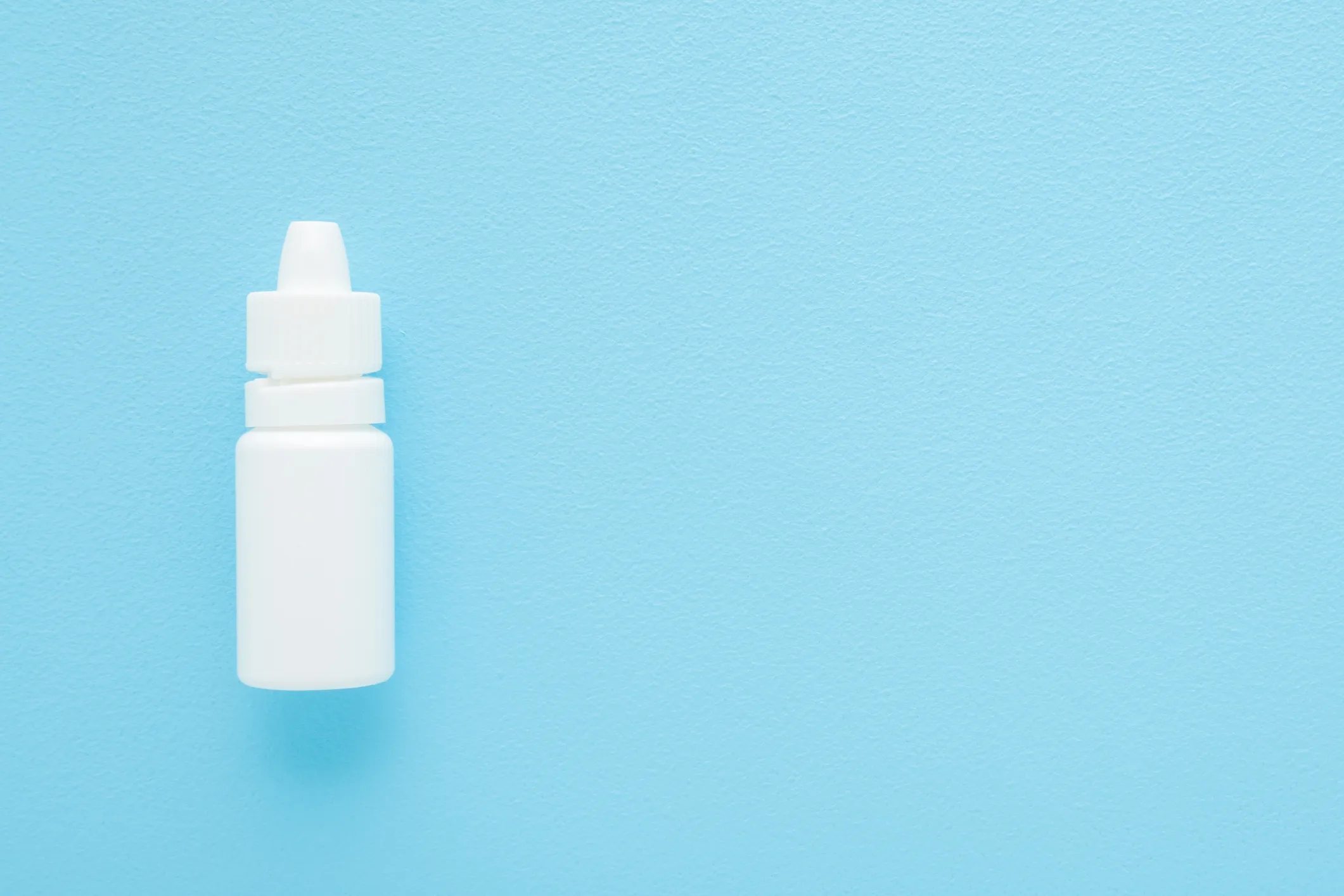Ocular lubricants (other ophthalmologicals)
| Type | Recommendation |
|---|---|
| When to deprescribe | |
| CBR |
We suggest deprescribing be offered to older people taking long-term ocular lubricants whose symptoms have resolved or are stable and are unlikely to recur, particularly if an avoidable or modifiable risk factor (e.g. drug-induced dry eyes) has been addressed. |
| GPS |
Deprescribing decisions should be made in consultation with the person and their treating ophthalmologist and/or optometrist where appropriate to ensure it aligns with their preferences, goals and overall treatment plans (ungraded good practice statement). |
| Ongoing treatment | |
| CBR | We suggest continuing long-term ocular lubricants (preservative-free if possible) at the lowest effective dose and with appropriate formulations, particularly if other non-pharmacological strategies are less effective, environmental triggers cannot be avoided (e.g. living conditions), or if patients have concurrent ocular conditions/taking concomitant medicines which are known to cause dry/irritated eyes. |
| How to deprescribe | |
| CBR |
We suggest gradually tapering doses before ceasing if more than daily administration (e.g. twice or three times daily), then switching to “as required” use at the lowest effective dose as well as providing advice for alternative management strategies, provided this aligns with the individual's goals and preferences, following informed consent. |
| Monitoring | |
| CBR |
We suggest ongoing monitoring for any ocular symptoms such as dry eyes, redness, and discomfort in the eyes for three to six months after deprescribing by advising patients to report to their healthcare providers any concerning symptoms in between appointments. If symptoms are persistent, we suggest adequate investigation (including administration technique) and differential diagnoses and considering appropriate non-pharmacological therapies. |
CBR, consensus-based recommendation; GPS, good practice statement
There is a wide range of ocular lubricants as listed above. Dry eye is a common problem affecting many and is especially common in older people [805]. Tear production diminishes with increasing age [805]. Ocular lubricants are prescribed for patients experiencing symptoms of dry eyes or vision fluctuations associated with a compromised tear film.
For more detailed principles underpinning safe and effective medication management relevant to optometrists, please refer to the 2024 guide for Quality Use of Medicines for Optometrists developed by Optometry Australia [798]. This document outlines the roles of optometrists within their scope of practice in relation to prescribing, reviewing, and, where appropriate, ceasing medications in partnership with patients and other healthcare providers. It supports a person-centred and collaborative approach to care, which aligns with the overarching principles of this deprescribing guideline.
We were unable to identify any direct evidence related to the deprescribing of ocular lubricants in older people from the systematic review and meta-analysis. Recommendations are provided in this section following a Delphi consensus process.
It is important to rule out any medicine-related causes to prevent an inappropriate prescribing cascade. Many medicines commonly used by older people possess anticholinergic effects that may contribute to or aggravate dry eyes (e.g. antihistamines, antimuscarinics and certain antidepressants) [806]. People with glaucoma often experience coexisting dry eyes or ocular surface disease, as some antiglaucoma medications can disrupt tear film homeostasis [807]. Exploring alternative treatment options or adjusting current medication regimens may help manage or alleviate dry eyes without the need for additional therapies. Adjunctive strategies include conservative measures, such as warm compresses, lid massage, and lid hygiene with over-the-counter wipes or cleansing foams.
If non-pharmacological strategies prove ineffective and environmental triggers or aggravating factors (e.g. living conditions, concurrent ocular conditions, or concomitant medications) cannot be modified or avoided, continued use of ocular lubricants may be appropriate. Preservative-free formulations should be considered, especially for individuals with chronic ocular diseases or those experiencing adverse effects, to reduce the risk of damage to the conjunctiva and cornea [219].
Gradual tapering of doses may be helpful in determining the minimal dose required to manage symptoms if complete cessation is not possible. Individuals should be encouraged to self-monitor and report ocular symptoms such as dryness, redness, and discomfort to their healthcare professionals. If symptoms persist, a thorough investigation (including a review of administration techniques) and differential diagnoses should be considered, rather than assuming deprescribing failure, along with consideration of appropriate non-pharmacological therapies.
